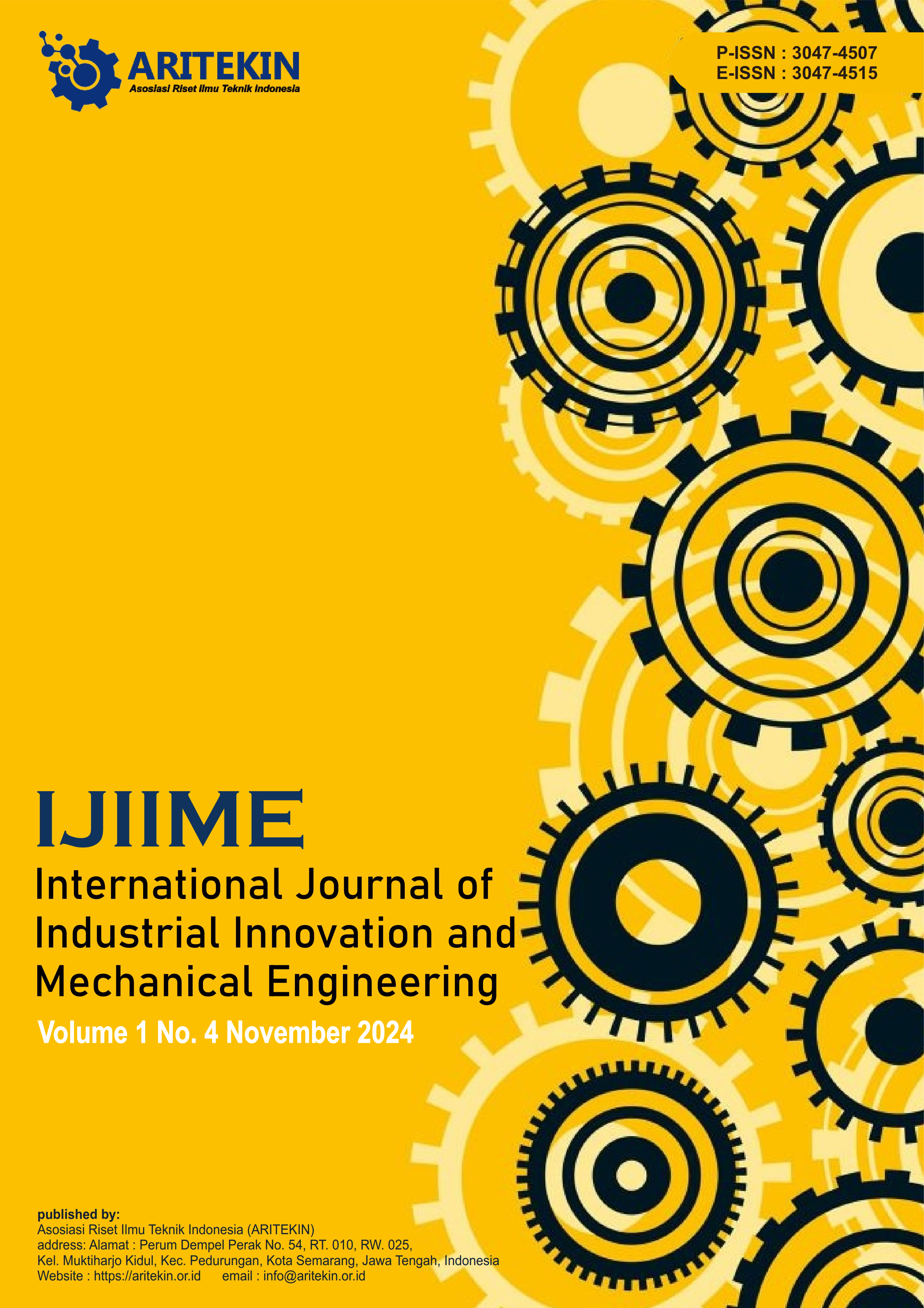The Interpretation of Tropical Architecture in Designing Culinary and Music Centre in Medan
DOI:
https://doi.org/10.61132/ijiime.v1i4.157Keywords:
Culinary, Music, Creative Industry, Tropical ArchitectureAbstract
The design of a creative industry development center that focuses on the culinary and music subsectors aims to facilitate the growth and development of creative industry players in these two subsectors, so that they can contribute positively to the local economy. The facilities in this center will be designed to meet the needs of production, training, exhibition, and sales in the culinary and music subsectors. It is expected that the design of the Creative Industry Development Center will encourage local economic growth, create new jobs, improve the skills of industry players, and support the image of Medan City as a quality creative industry center. By connecting the culinary and music subsectors in one center, the synergy between the two can produce unique and inspiring collaborations, enrich local culture, and present products that are competitive in the global market. By applying a tropical architecture approach, the design will consider aspects of local culture, climate, and environment in designing optimal buildings and spaces to support the growth of creative industries.
References
Archdaily.com. (2013, 20 Desember). Basque Culinary Center / VAUMM. Diakses pada 25 Agustus 2023, dari https://www.archdaily.com/196035/basque- culinary-center-vaumm
Archdaily.com. (2033, 2 September). Budapest Music Center / Art1st Design Studio. Diakses pada 25 Agustus 2023, dari https://www.archdaily.com/422566/budapest-music-center-art1st-design- studio
ARSITEKTUR NEO VERNAKULAR". Proyek Akhir Arsitektur, lib.unnes.ac.id. 2018 Neufert, Ernst, 1996. Data Arsitek Edisi 33 Jilid 1 (Terjemahan Oleh Sunarto Tjahjadi). Jakarta. Neufert, Ernst, 2002. Data Arsitek Edisi 33 Jilid 2 (Terjemahan Oleh Sunarto Tjahjadi dan Ferryanto Chaidir). Jakarta.
Chiara, Joseph De dan John Callender (1983). Time-Saver Standards For Building Types 2nd Edition.Singapore National Printers Ltd., Singapore
Dyatmiko, Prima. "PUSAT INDUSTRI MUSIK DI YOGYAKARTA". Tugas akhir, Despace.uii.ac.id. 1999
Hakim, Rustam dan Hardi Utomo. 2003. Komponen Perancangan Arsitektur Lansekap (Prinsip, Unsur dan Aplikasi Desain). Jakarta : Bumi Aksara.
Karyono, T. H. (2016). Arsitektur Tropis: Bentuk, Teknologi, Kenyamanan, dan Penggunaan Energi.Penerbit Erlangga, Jakarta
Kementerian Pariwisata dan Ekonomi Kreatif RI (2020). Statistik Ekonomi Kreatif 2020. Jakarta Pusat
Kusumawardani, Desy. 2016. Pusat Wisata Kuliner dan Oleh Oleh di Bantul. Januari 2017. Diambil dari : http://e-journal.uajy.ac.id/id/eprint/11009 (20 Mei 2018).
Kusumawati, Anggit, "PUSAT KULINER LOKAL DI KOTA TEGAL DENGAN PENDEKATAN
Levy, Matthys dan Mario Salvadori.1986. Desain Struktur dalam Arsitektur. Jakarta :Erlangga. Mansur, Ali. 2017. Sektor Kuliner Potensial Bangkitkan Ekonomi Kreatif Daerah. Diambil dari : http://www.republika.co.id/berita/dpr-ri/berita-dprri/17/09/02/ovniwu-sektor-kuliner-potensial- bangkitkan-ekonomi-kreatifdaerah. (22 Mei 2018).
Lippsmeier, Georg (1980). Bangunan Tropis. Penerbit Erlangga, Jakarta
Ott, Clara. 2020. Youth Centers: Places to Develop Physical, Social, Emotional, and Cognitives Abilities.
Poerwodarminta, WJS. Ramus Umum Bahasa Indonesia. Bala, Pustaka Jakarta, 1982. DK Ching, Francis. Arsitektur :Bentuk, Ruang dan Susunannya. Erlangga, Jakarta, 1996
Santiago. Peraturan Daerah Kota Medan Nomor 13, 2011. Rencana Tata Ruang Wilayah Kota Medan Tahun 2011-2031. Medan.
Downloads
Published
How to Cite
Issue
Section
License
Copyright (c) 2025 International Journal of Industrial Innovation and Mechanical Engineering

This work is licensed under a Creative Commons Attribution-ShareAlike 4.0 International License.





